There golden flavescence it is an infectious and epidemic disease of the vine, caused by the causative agent Candidatus Phytoplasma vitisa phytoplasma counted among the yellows of the vine (grapevine yellow). The golden flavescence of the vine originates in the USA and was reported for the first time in Europe in the 1950s, precisely in France. In Italy, the disease has been present since the late 1960s, observed for the first time in the Oltrepò Pavese, and is now expanding in various wine-growing areas, particularly in the regions of the Center-North. This disease spreads in the vineyards, as well as with the use of infected vegetative material, also by means of a vector, namely the vine leafhopper (Scaphoideus titanus)monophagous insect that affects the vine plants (Vitis spp).
It is therefore important to recognize the symptoms and intervene promptly to save the vineyard from the disease.
What is flavescence dorée?
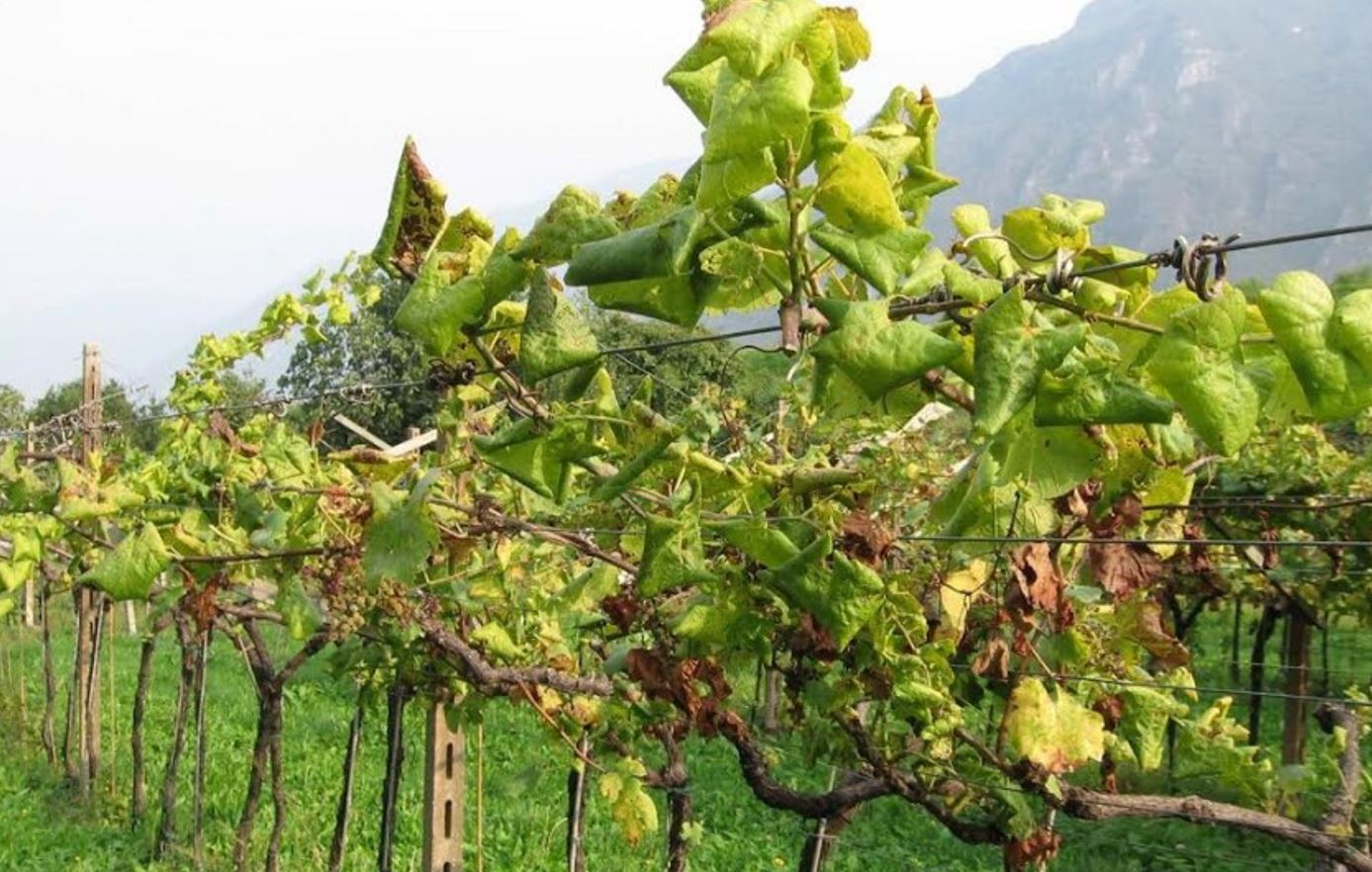
Golden flavescence is due to phytoplasma Candidatus Phytoplasma vitis. Phytoplasmas are single-celled microorganisms (without nucleus and cell wall) that live exclusively inside the phloem vessels of host plants. The onset of phytoplasma determines various problems to the plant, for example flower malformations, growth problems, yellow leaves, decay, etc.
Symptoms of flavescence dorée
A specific feature of vine flavescence dorée is that symptoms appear suddenly and on apparently healthy plants. The main symptomatology occurs in the middle of summer or at end of the vegetative cycle. In particularly dry years, some symptoms can also be observed in late spring.
The symptoms of flavescence dorée affect the clusters, leaves and shoots, here are the main ones:
- sudden stop of vegetative activity, with some buds remaining closed;
- in early manifestations the inflorescences or bunches dry up and then fall off;
- lack of swelling of the bunch in which berries tend to shrivel and then dry out (in July-August this is an important sign of the disease);
- the leaves show a vitreous fracture and marked triangular rolling of the lamina towards the underside, with a color tending to yellowish in the white grapes, to red-purple in the black grapes. Often on the leaves appear color breaks with red or yellowish spots on the green limb, furthermore the leaf plate is thickened and tends to detach from the petiole;
- the shoots show difficulty in lignification and a rubbery consistency. They tend to bend downward, giving the plant a prostrate appearance. At the base there are lesions and black and oily pustules arranged in linear rows. These parts can dry out and blacken in winter.
- On the leaves
- On the bunches
- On the branches
Latency
It should be noted that the symptoms of flavescence dorée described above can also occur in the seasons following those of the infection. The phytoplasma can in fact remain latent for a period of 2-3 years.
Possible confusion between flavescence dorée and other diseases
The etiological certainty of a flavescence golden infection is obtained only with accurate phytopathological analyzes. This is because there are other physiopathies, such as black wood with symptoms similar to those of flavescence. However, an accurate agronomic analysis of the affected plants almost always manages to dispel possible doubts.
More susceptible cultivars
Not all cultivars exhibit the same sensitivity to flavescence dorée. Among the most susceptible vines are: Chardonnay, Pinot, Gamaret, Cabernet and Americana Isabella. Merlot seems to be less sensitive.
The vector of the flavescence dorée
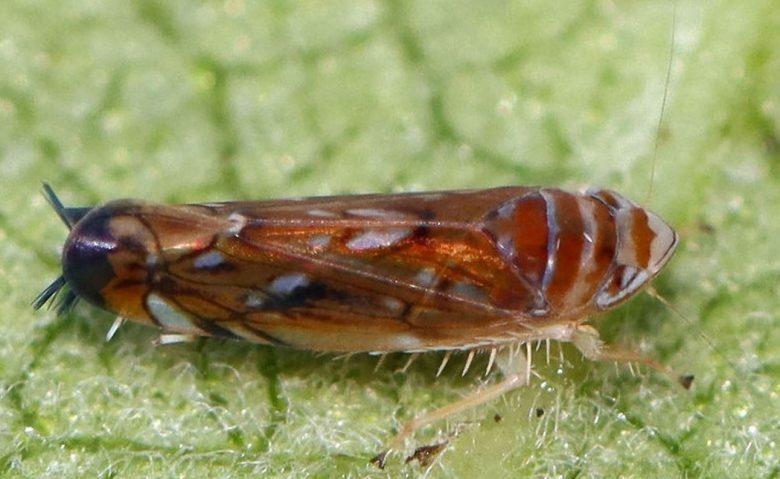
Vine leafhopper
As mentioned, the flavescence dorée is mainly conveyed by the leafhopper of the vine (Scaphoideus titanus). This parasite carries out only one generation per year and completes its entire biological cycle on life. This leafhopper feeds on the sap of the plant and with its sucking activity absorbs the phytoplasma, this is then transferred by the leafhopper from infected plants to healthy plants.
Therefore, unlike other diseases of the vine such as downy mildew or thepowdery mildewthe fight is not directed at the pathogen, but is aimed at controlling and eliminating the vector.
In our country, the flavescence dorée of the vine is a disease subjected to quarantine, therefore the compulsory fight is underway according to the ministerial decree number 32442 of May 31, 2000. This fight is practiced by keeping its vector under control, that is the leafhopper of the vine.
How to prevent flavescence dorée
To limit the spread of flavescence dorée it is good to implement adequate agronomic prevention practices.
First of all, the advice is to eradicate the infected plants, so that the vector cannot access them. In this sense, in the areas at risk of the disease, it would be advisable to eliminate the abandoned vines in the neighboring fields, which can become areas of refuge for the vector and foci of infection.
Another good prevention is that of use healthy vegetative material for the planting of the vineyard or its renewal, but this depends a lot on the reliability of the nurseryman.
When pruning in a vineyard at risk, make important renewal cuts. Also, make sure to eliminate the vegetative waste material, this is because the leafhopper overwinters as an egg in 1-2 year-old shoots.

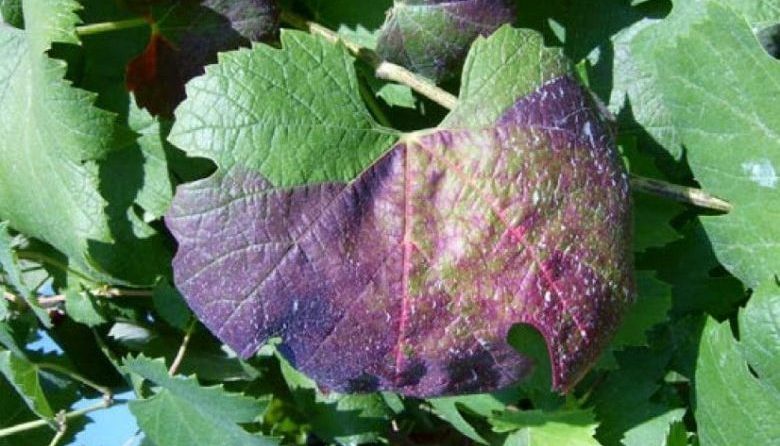
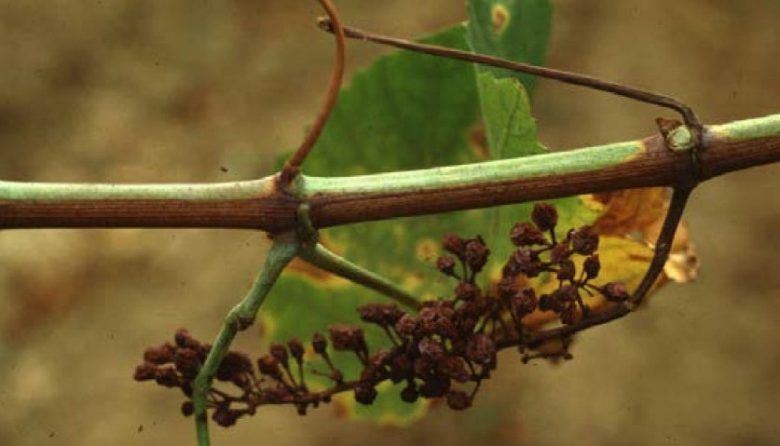
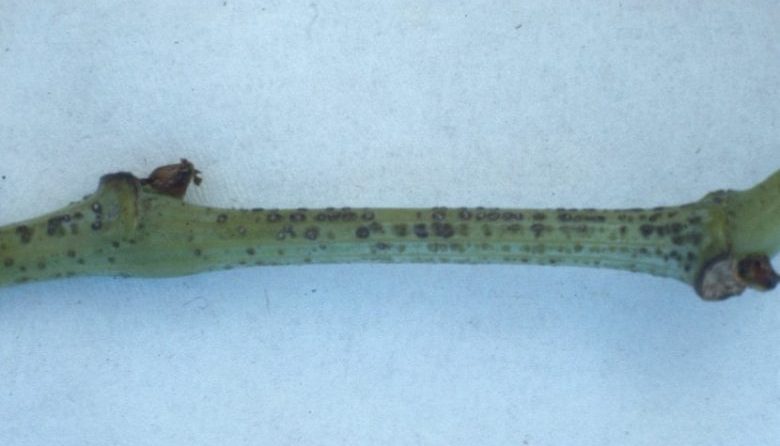

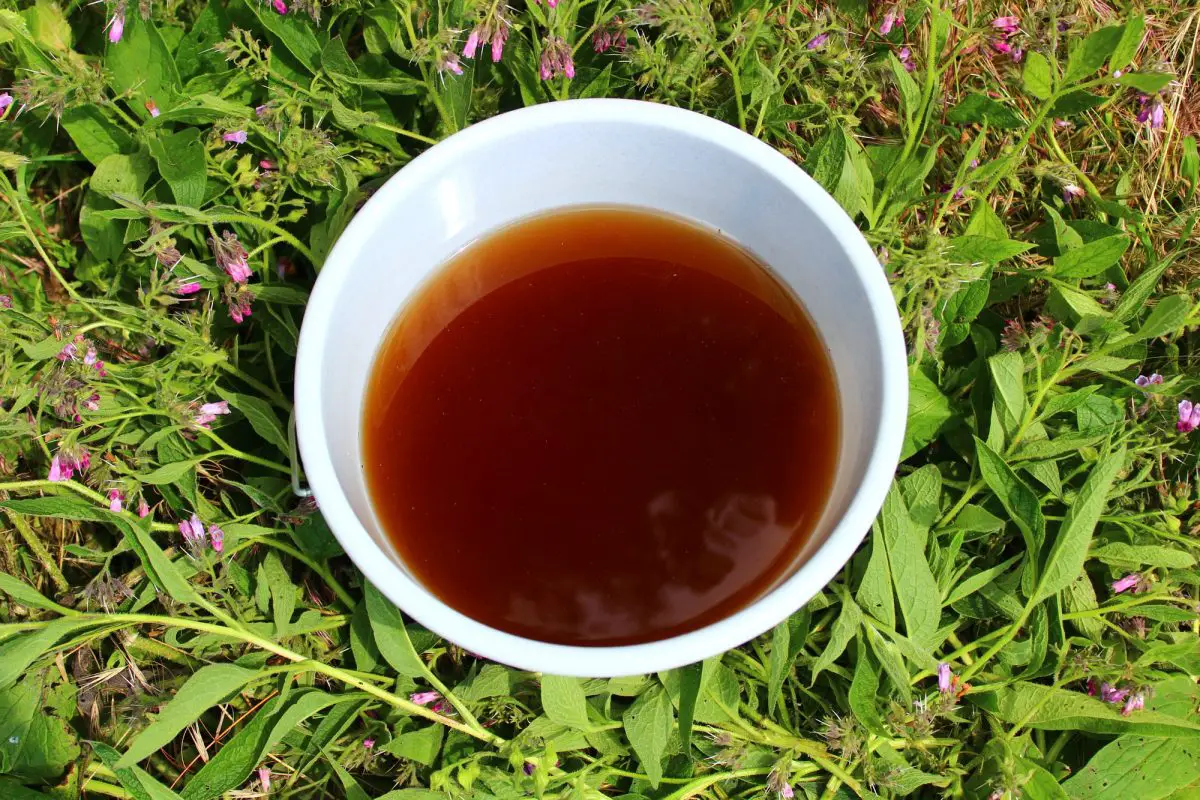
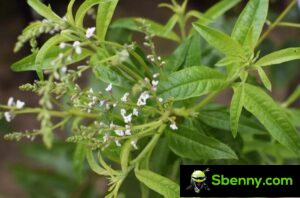
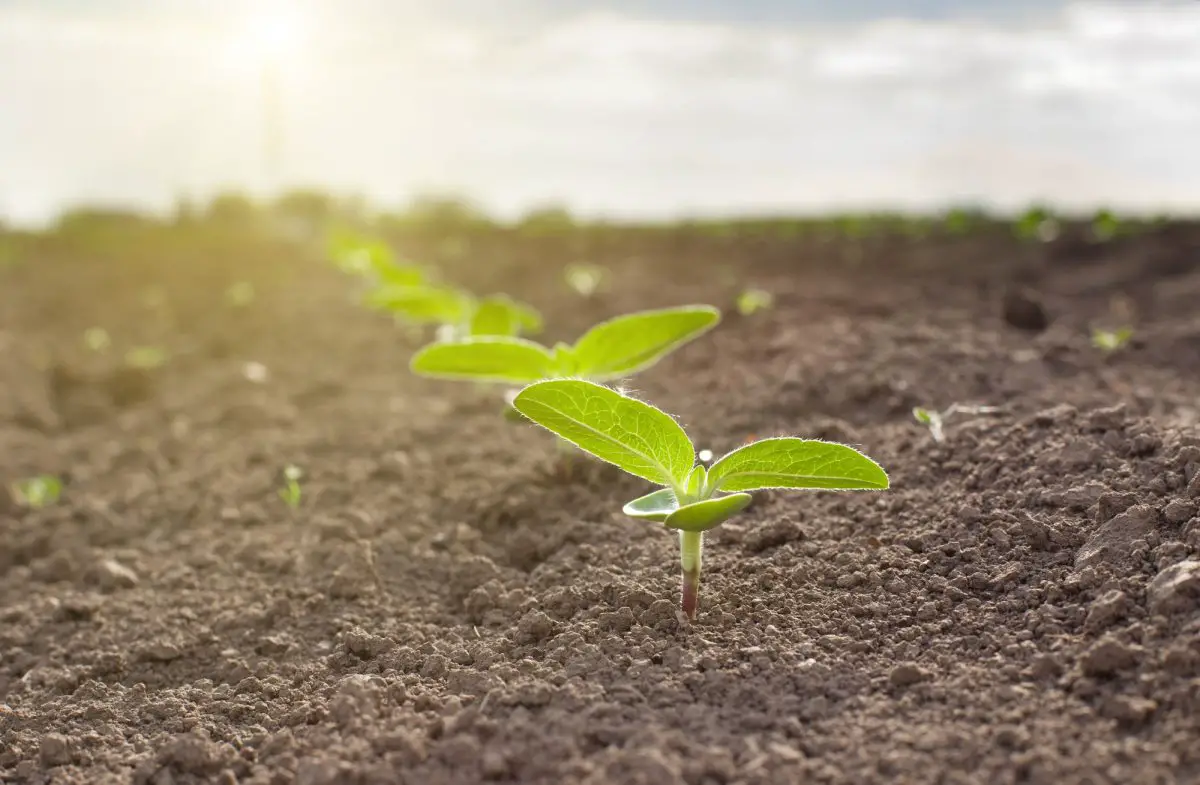
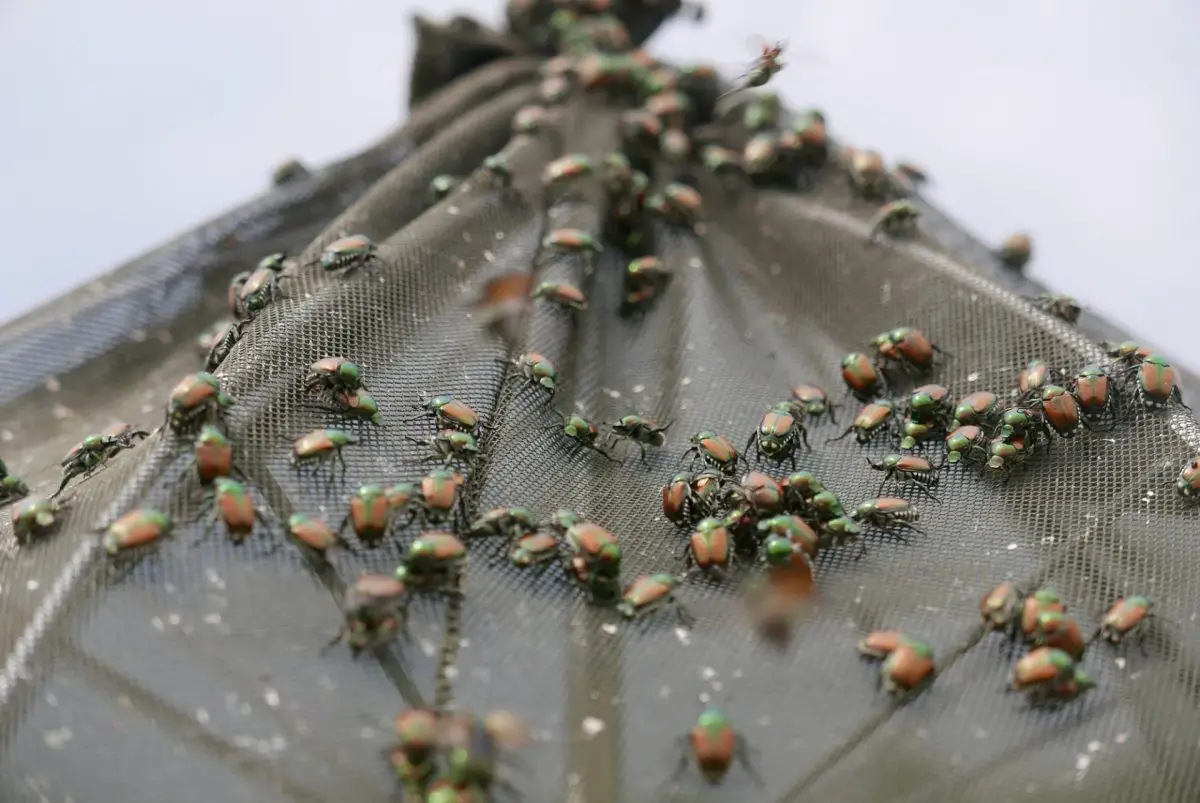
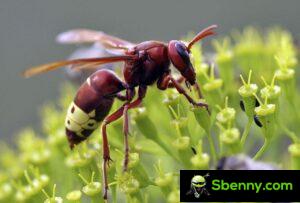
Start a new Thread